Rising AI Demand Stokes Undersea Investments
As demand soars for AI, there’s a need to transport huge amounts of data across oceans. Tech giants have big plans for new submarine cables, including the longest ever.

To help you understand the trends surrounding new technologies and what we expect to happen in the future, our highly experienced Kiplinger Letter team will keep you abreast of the latest developments and forecasts. (Get a free issue of The Kiplinger Letter or subscribe). You'll get all the latest news first by subscribing, but we will publish many (but not all) of the forecasts a few days afterward online. Here’s the latest…
The explosion of generative AI is boosting long-term demand for all sorts of physical infrastructure, from chips and data centers to electric transmission lines and nuclear plants. Add underwater cables to the list.
The rise of AI is spurring bigger spending on new submarine cables, especially on routes that cross the Atlantic, though the trend is happening in waters around the world. Meta announced in February a 31,000 mile network that will touch every continent, making it the longest and highest-capacity subsea network ever.

Sign up for Kiplinger’s Free E-Newsletters
Profit and prosper with the best of expert advice on investing, taxes, retirement, personal finance and more - straight to your e-mail.
Profit and prosper with the best of expert advice - straight to your e-mail.
Meta’s new Project Waterworth seeks to unlock “global AI potential” by connecting users around the world with Meta’s huge data centers packed with Nvidia chips. The effort anticipates torrid global growth of Meta’s generative AI tools, which are now baked into Facebook and Instagram for answering questions, creating images, editing photos and more.
Amazon, Google and Microsoft are also spending heavily on subsea fiber-optic cables for global customers renting cloud computing, surfing the web and using apps. The billions of dollars being spent by the four tech giants shows the huge demand from end users, said Sarah McComb, principle business developer at Amazon Web Services, at a recent panel.
The trend bodes well for manufacturers of submarine cables, including Japan’s NEC, U.S.-based Subcom, and France’s Alcatel Submarine Networks, which owns a fleet of seven vessels.
Threats and challenges
But there are challenges. Geopolitical tensions are raising concerns about subsea cable disruptions, including recent episodes in the Baltic Sea and near Taiwan. The U.S. and others are on edge about Russia and China being behind the attacks. There are concerns about cable repair ships navigating hostile waters, such as the Red Sea. Another fear: That Chinese repair ships, relied on by many nations, could actually tamper with cables.
Threats are rising, but the reality is less worrisome. Most disruptions aren’t nefarious, and the industry is skilled at undersea repairs and maintenance. There are about 150-200 cable breaks per year across the nearly 600 cable systems that span more than 900,000 miles, according to the International Cable Protection Committee, a safety group that track disruptions. 80% are caused by fishing boats or anchors, and most of the rest occur from abrasion, equipment failure or environmental factors.
New cable systems include advanced sensors to detect damage or seismic activity, along with protective armor and physical security near the coastlines. Meta’s massive new project will use “enhanced burial techniques in high-risk fault areas, such as shallow waters near the coast, to avoid damage from ship anchors and other hazards.” Plus, the data traversing subsea cables is encrypted, making it extremely difficult, if not impossible, for a group tampering with cables to intercept and read.
Red tape is another roadblock to faster deployment. The industry is urging the U.S. to speed up the lengthy approval process so that more cables can be built faster, helping increase the redundancy of networks and reducing the damage of any one cable break. “The things that sort of keep me up at night, if you will, is that race between the coming demand and having the capacity to meet it,” said McComb of AWS.
Applications can take two years to be approved, and that’s after years of planning from the company doing the project. Multiple federal agencies are involved, with a focus on national security concerns.
Some streamlining is possible, but it won’t be all the industry wants, threatening to hamper the overseas ambitions of America’s AI leaders. The Trump administration is likely to look into cutting red tape for tech giants, but national security concerns will complicate efforts to quicken the process. The tech industry hopes global AI competition, including the race to so-called artificial super intelligence, will spur the U.S. to take bolder action.
Related Content
- What is AI Investing?
- The Explosion of New AI Tools
- Best AI Stocks to Buy: Smart Artificial Intelligence Investments
- Can Stocks Picked by Artificial Intelligence Beat the Market?
Get Kiplinger Today newsletter — free
Profit and prosper with the best of Kiplinger's advice on investing, taxes, retirement, personal finance and much more. Delivered daily. Enter your email in the box and click Sign Me Up.

John Miley is a Senior Associate Editor at The Kiplinger Letter. He mainly covers technology, telecom and education, but will jump on other important business topics as needed. In his role, he provides timely forecasts about emerging technologies, business trends and government regulations. He also edits stories for the weekly publication and has written and edited e-mail newsletters.
He joined Kiplinger in August 2010 as a reporter for Kiplinger's Personal Finance magazine, where he wrote stories, fact-checked articles and researched investing data. After two years at the magazine, he moved to the Letter, where he has been for the last decade. He holds a BA from Bates College and a master’s degree in magazine journalism from Northwestern University, where he specialized in business reporting. An avid runner and a former decathlete, he has written about fitness and competed in triathlons.
-
 Fired Up By the Masters and RBC Heritage? See These Homes for Sale By Golf Courses
Fired Up By the Masters and RBC Heritage? See These Homes for Sale By Golf CoursesFive homes for sale near golf courses, for people who can't get enough of the tour.
By Alexandra Svokos
-
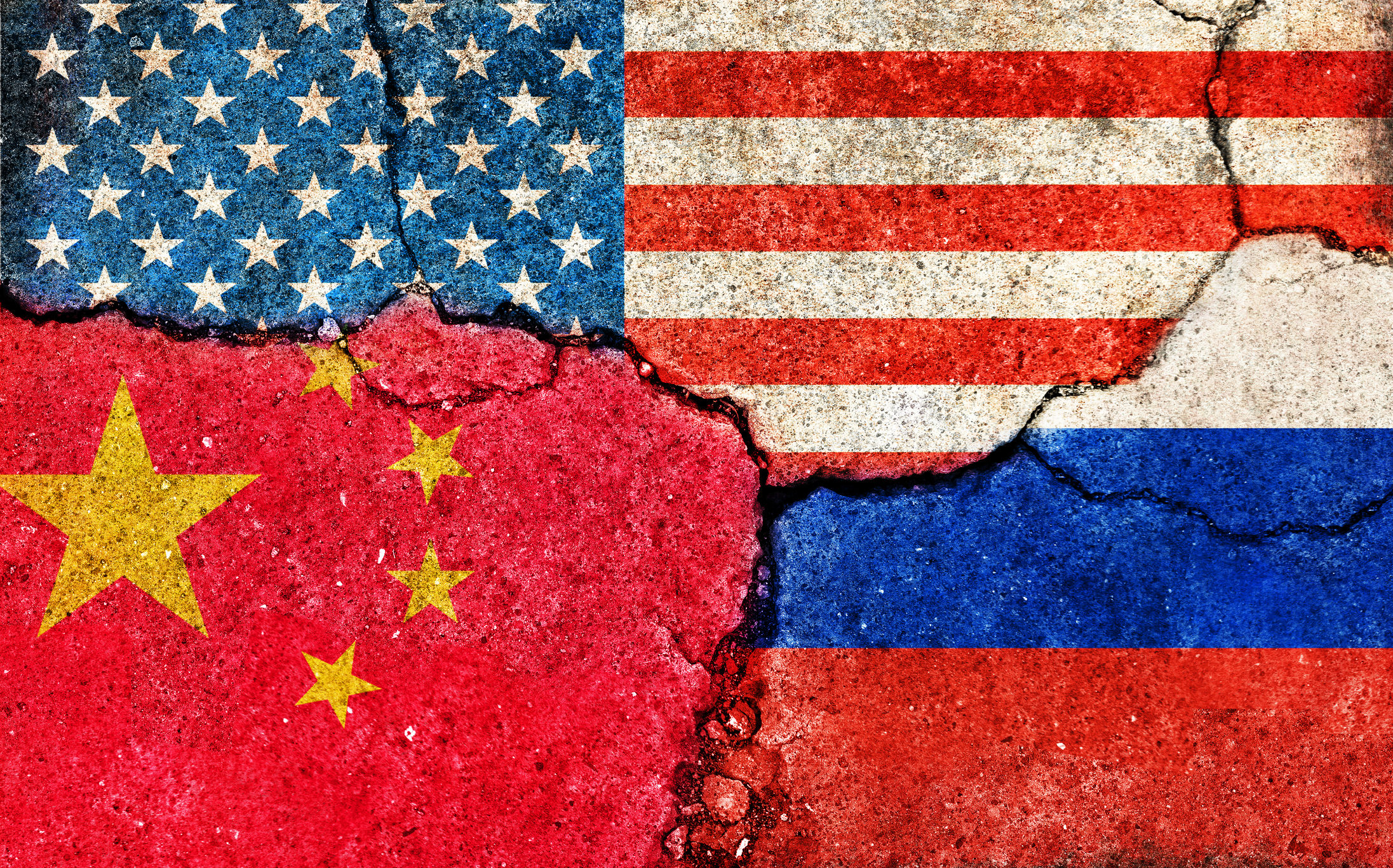 The Economic Impact of the US-China Trade War
The Economic Impact of the US-China Trade WarThe Letter The US-China trade war will impact US consumers and business. The decoupling process could be messy.
By David Payne
-
 The Economic Impact of the US-China Trade War
The Economic Impact of the US-China Trade WarThe Letter The US-China trade war will impact US consumers and business. The decoupling process could be messy.
By David Payne
-
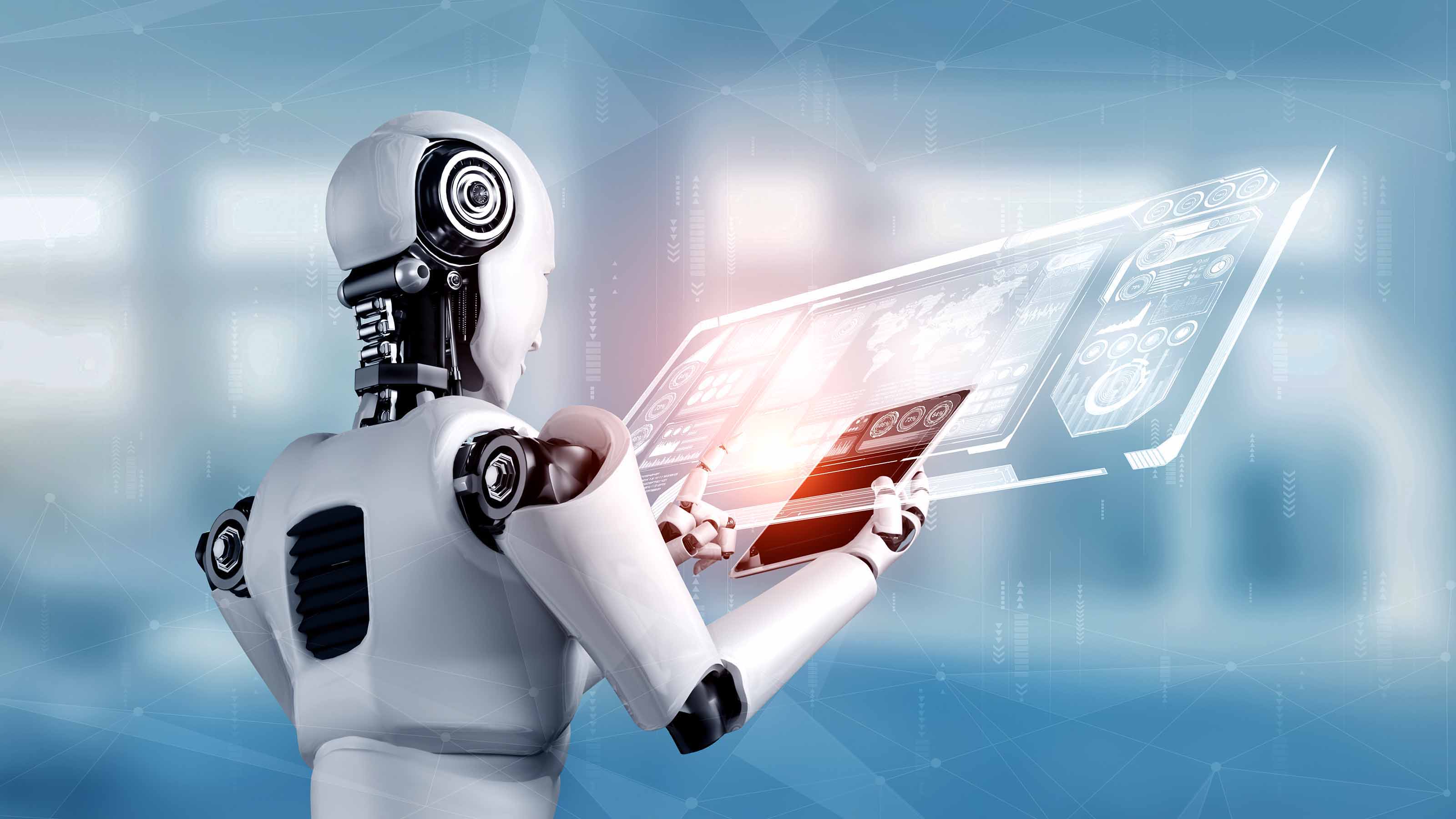 AI Heads to Washington
AI Heads to WashingtonThe Kiplinger Letter There’s big opportunity for AI tools that analyze MRIs and other medical images. But also big challenges that clinicians and companies will have to overcome.
By John Miley
-
 10 Major AI Companies You Should Know
10 Major AI Companies You Should KnowThese 10 AI companies are at the forefront of machine learning. Find out how they’re driving innovation and jostling to be the biggest players in the game.
By Tom Taulli
-
 The AI Doctor Coming to Read Your Test Results
The AI Doctor Coming to Read Your Test ResultsThe Kiplinger Letter There’s big opportunity for AI tools that analyze CAT scans, MRIs and other medical images. But there are also big challenges that human clinicians and tech companies will have to overcome.
By John Miley
-
 The New Space Age Takes Off
The New Space Age Takes OffThe Kiplinger Letter From fast broadband to SOS texting, space has never been more embedded in peoples’ lives. The future is even more exciting for rockets, satellites and emerging space tech.
By John Miley
-
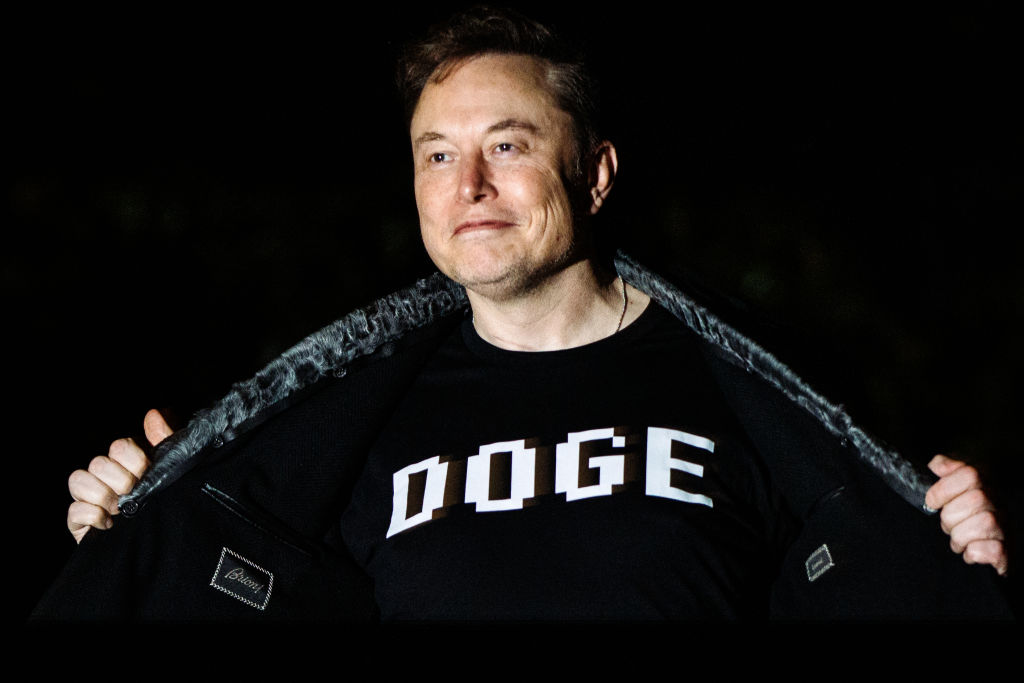 What DOGE is Doing Now
What DOGE is Doing NowThe Kiplinger Letter As Musk's DOGE pursues its ambitious agenda, uncertainty and legal challenges are mounting — causing frustration for Trump.
By Matthew Housiaux
-
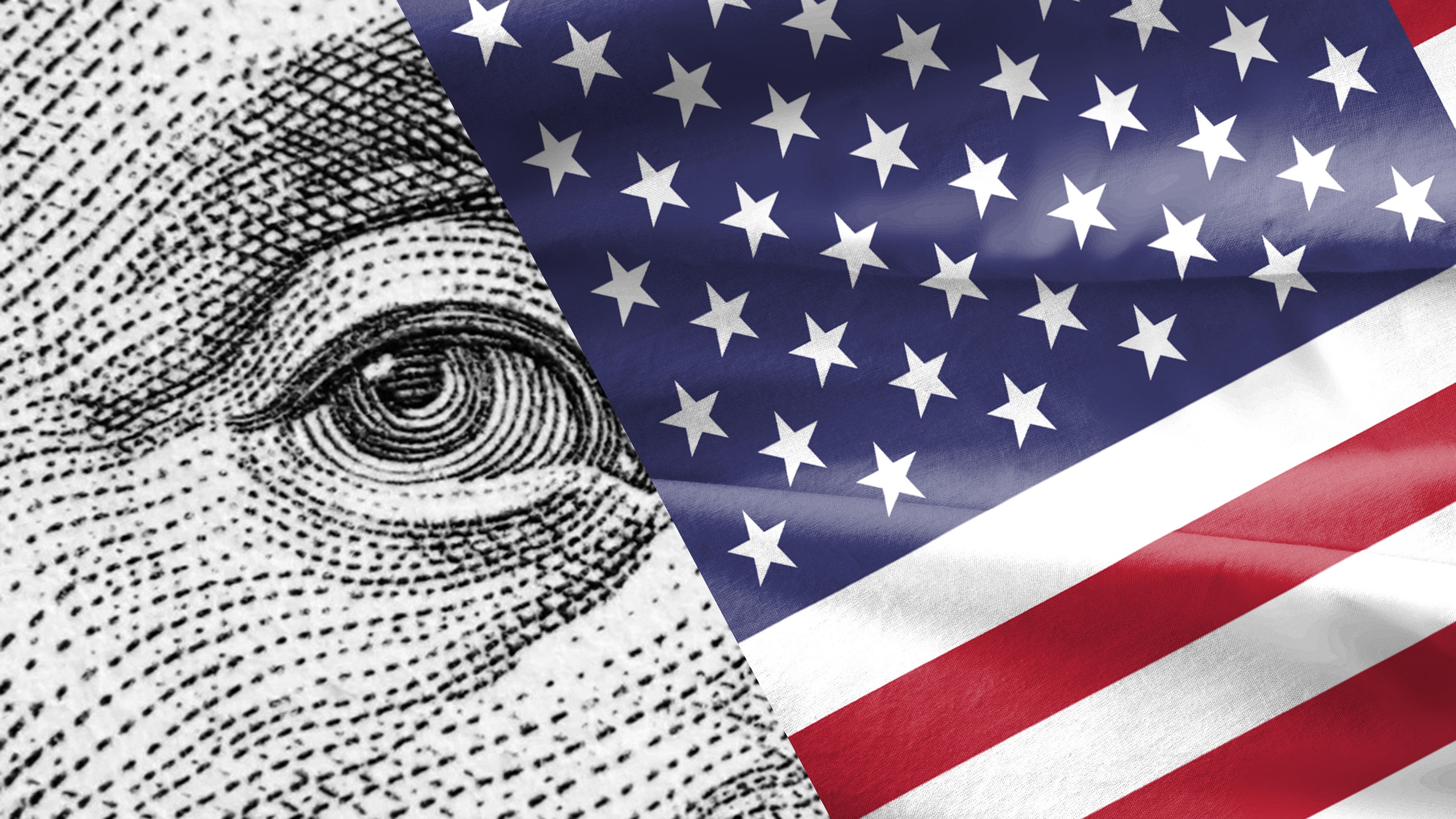 A Move Away From Free Trade
A Move Away From Free TradeThe Letter President Trump says long-term gain will be worth short-term pain, but the pain could be significant this year.
By David Payne
-
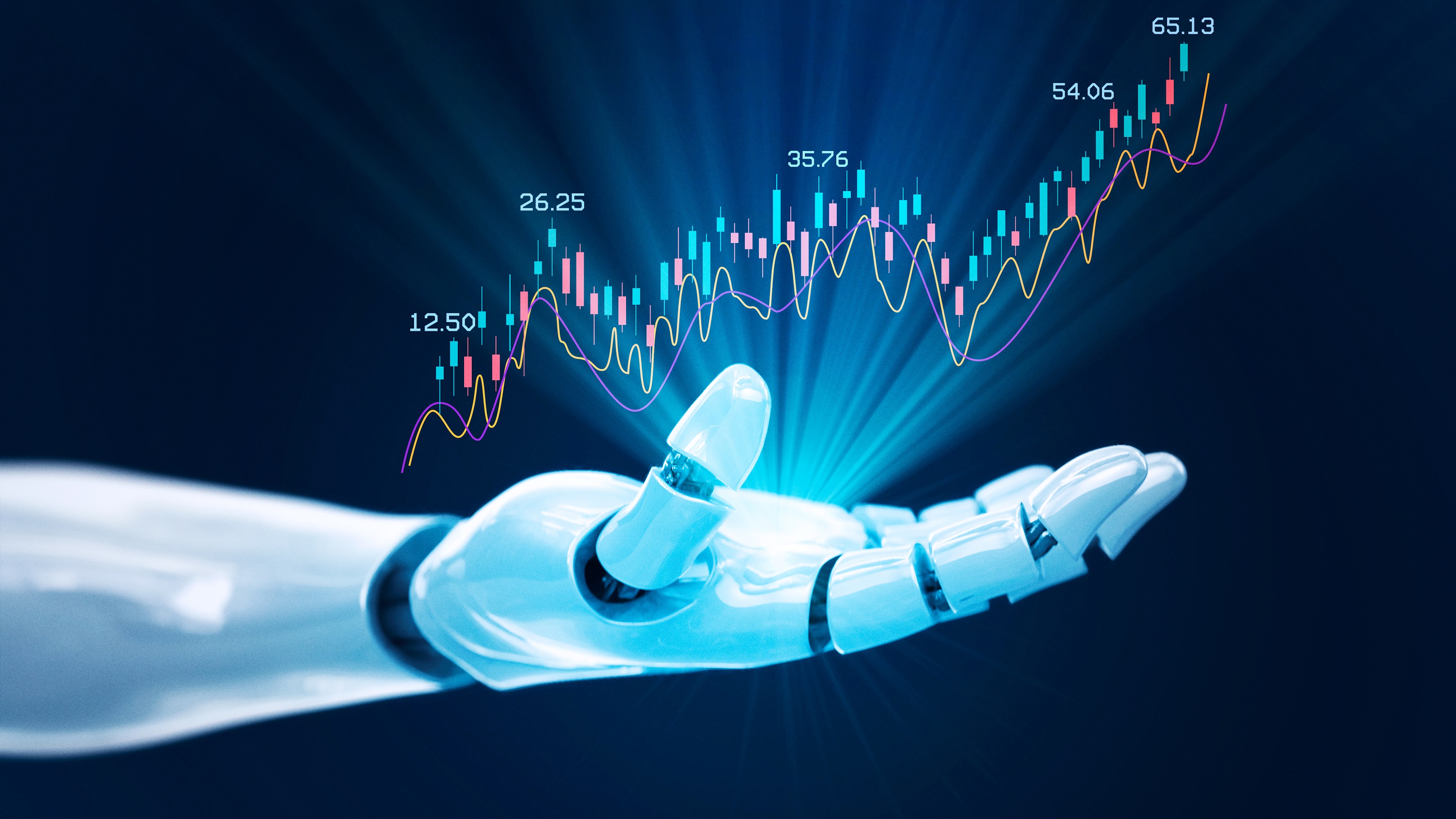 How Emerging Technologies May Influence the Future of Capital Markets
How Emerging Technologies May Influence the Future of Capital MarketsUpdating legacy systems with next-generation AI can enable fully automated trading, risk assessment and liquidity optimization.
By Jabin Geevarghese George